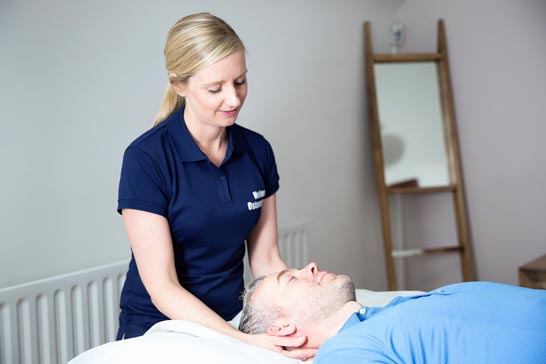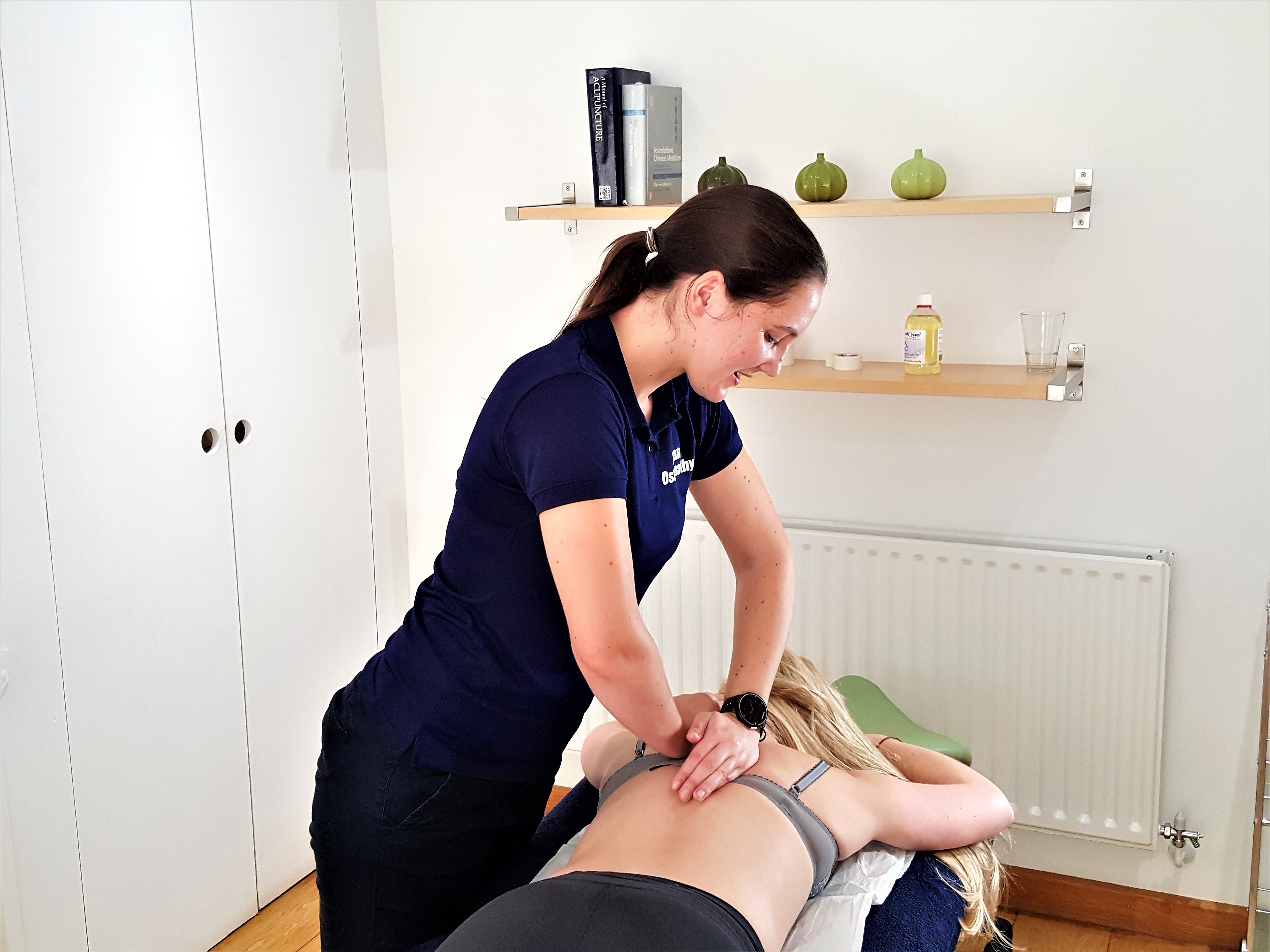Carpal Tunnel Syndrome – everything you need to know
December 15, 2016
Maria Nolan

Carpal Tunnel Syndrome is a type of a repetitive strain injury. It’s a problem that affects millions of people around the world every day and the cure, as always, will depend on understanding the cause of the problem in the first place.
The carpal tunnel is a channel in your wrist and the tendons that you use to flex your fingers and wrist pass through this channel. The median nerve is also in this channel. Carpal tunnel syndrome occurs when there is increased pressure or compression on this nerve.
Nerve compression is not actually the root cause of the problem, however. What happens is the tissue (muscles and tendons) around the median nerve get damaged and inflamed and this then puts pressure on the nerve. This tissue damage can be caused by a range of factors but very often it is due to overuse of the wrist and hands. This can range from writing/typing for too long without taking a break to using vibrating electric tools (e.g. drill) at work.
Carpal tunnel syndrome can also sometimes be linked to rheumatoid arthritis, diabetes, thyroid disorders and even pregnancy.
Typical symptoms include;
- Numbness and pain in your hand and wrist. This pain can often spread to the forearm and upper arm
- A tingling sensation in the hand
- Weakness and a loss of mobility. You may find it difficult to grip things
What to do if you think you have carpal tunnel syndrome
Get it checked by a qualified professional (osteopath or physiotherapist) as soon as possible. Your symptoms may be mild at first, but they can gradually get worse over time. It is important to prevent your hand muscles from weakening further and also to minimise the risk of your median nerve getting permanently damaged.
Exercises to help manage carpal tunnel syndrome
Stretch and exercise your wrists regularly. This will help increase blood flow and encourage healing. We recommend the following exercises;
1. Wrist Stretch
Stretch your arm out in front of you, with your wrist straight. Gently bend your hand down and backwards, using the opposite hand to pull your fingers back. Hold for 20 seconds.
Return your hand to the starting position and then bend it up and backwards, again using the opposite hand to pull your fingers back. Hold for 20 seconds.
Repeat both of these exercises on the other hand. Do three sets with each wrist.

2. Finger Stretch
Place your palm on the table and lift your fingers up. Place your other hand across your knuckles at 90º and push down as your bottom hand tries to pull up. Hold for 20 seconds. Swap hands and repeat.
3. Grip Strengthening
Grip a tennis ball and squeeze, holding for five seconds. Aim to do three sets of 10 repetitions for each hand.
Other useful tips
- When your symptoms flare up, wrap an ice pack or pack of peas in a tea towel and apply it to your wrist. Never hold the ice pack directly to your skin as it can damage it.
- Take regular breaks, especially if you work in an office environment. This will help release stress and tension in the hands and wrists.
- Your job might be causing or aggravating your symptoms, so have a chat with your manager/occupational health manager. They can give you some advice about making changes to your equipment or working techniques that may help relieve your symptoms.
- Try to maintain a healthy body and weight, which is important for maximising blood flow and preventing irritation in the wrist.
Hopefully you find this information helpful and educational.
Thanks for reading.
Maria





